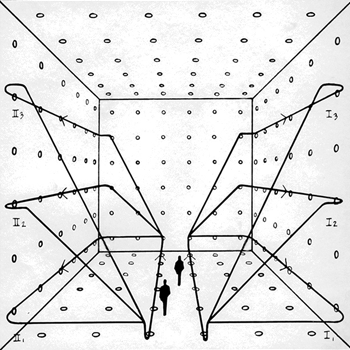I think it's more interesting if we try to work it from the paradigm SHM for a particle of mass #m#, ie without digging out equations that from memory might lead us straight there.
So, for displacement, we have the generalised idea of SHM:
#x(t) = A cos (omega t + psi)#
Kinetic Energy: #T = 1/2 m (dot x)^2 #
Velocity: #dot x = - omega A sin (omega t + psi) #
#implies T(t) = 1/2 m omega^2 A^2 sin^2 (omega t + psi) #
And:
#sin^2 theta in [0,1] implies T_(max) = 1/2 m omega^2 A^2 #
SHM is conservative and is in essence a system where energy oscillates between potential and kinetic energy. So at certain points in time, the energy is all either Kinetic or Potential Energy.
If follows for Potential Energy #U(t)# that:
#U_(max) = 1/2 m omega^2 A^2 #
In terms of Total Energy #E_T(t)#, we also can see that:
#E_T(t) = T(t) + U(t) = const implies E_T = 1/2 m omega^2 A^2#
Now at #x = A/2#, and if at that time, #t = tau # , then:
#A/2 = A cos (omega tau + psi) implies cos (omega tau + psi) = 1/2#
#T(tau) = 1/2 m omega^2 A^2 sin^2 (omega tau + psi) #
#= 1/2 m omega^2 A^2 (1 - cos^2 (omega tau + psi) )#
#= 3/8 m omega^2 A^2 #
So
#(T(tau))/(E_T(tau)) = ( 3/8 m omega^2 A^2)/(1/2 m omega^2 A^2)#
# = color(blue)(3/4)#
And:
#(U(tau))/(E_T(tau)) = 1 - 3/4 = color(blue)(1/4) #

